GREAT NATIVE AMERICANS THAT HELPED DEFINE HISTORY
Added on: 9th Apr 2016
WILMA MANKILLER

Wilma Mankiller worked for several years as a leading advocate
for the Cherokee people, and became the first woman to serve
as their principal chief in 1985. After leaving office, Wilma
remained an activist for Native American’s and women’s
rights until her death on April 6, 2010, in Adair County,
Oklahoma.
TOUCH THE CLOUDS
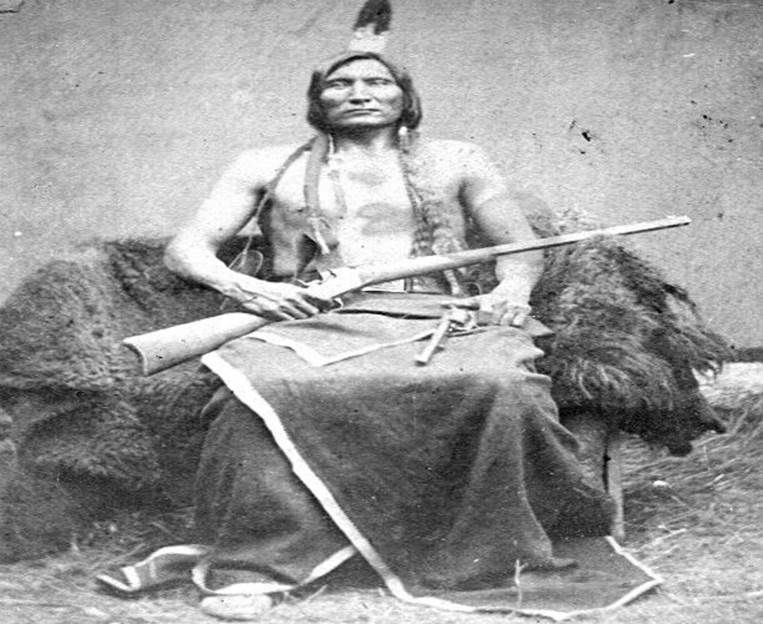
Born around 1836 in present-day South Dakota, Touch the Clouds
was son of Chief Lone Horn and (his mother) Stands on the Ground,
and brother to Chief Big Foot. He stood at about 7ft tall and was
known for his incredible strength and skill on the battlefield.
He became the chief of the Minneconjou Teton Lakota and kept
his position until his death on September 5, 1905.
THAYENDANEGEA
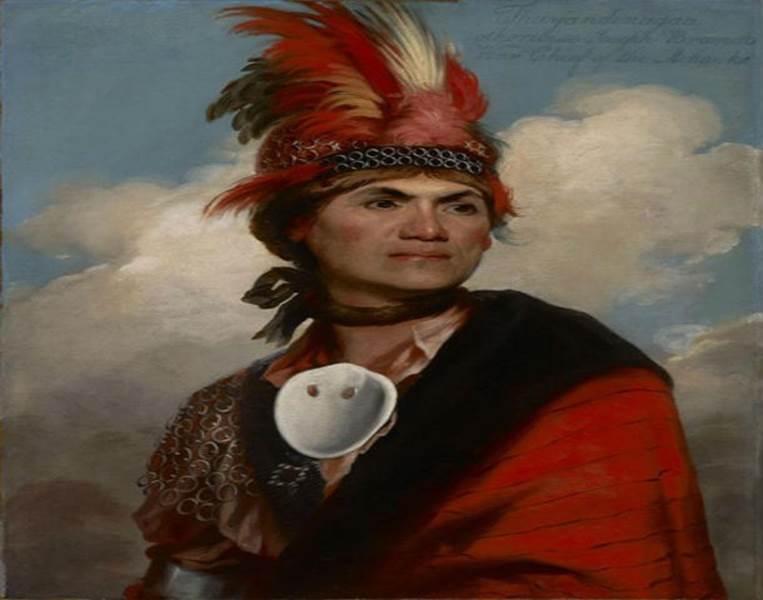
The Mohawk Indian chief Thayendanegea, also known as
Joseph Brant, served as a spokesman for his people, a
Christian missionary of the Anglican church, and a British
military officer during the American War of Independence.
He is remembered for his efforts in unifying upper New York
Indian tribes and leading them in terrorizing raids against
patriot communities, in support of Great Britain’s efforts to
repress the rebellion. He is also credited with the
establishment of the Indian reservation on the Grand River
in Canada where the neighbouring town of Brantford,
Ontario, bears his name.
TECUMSEH
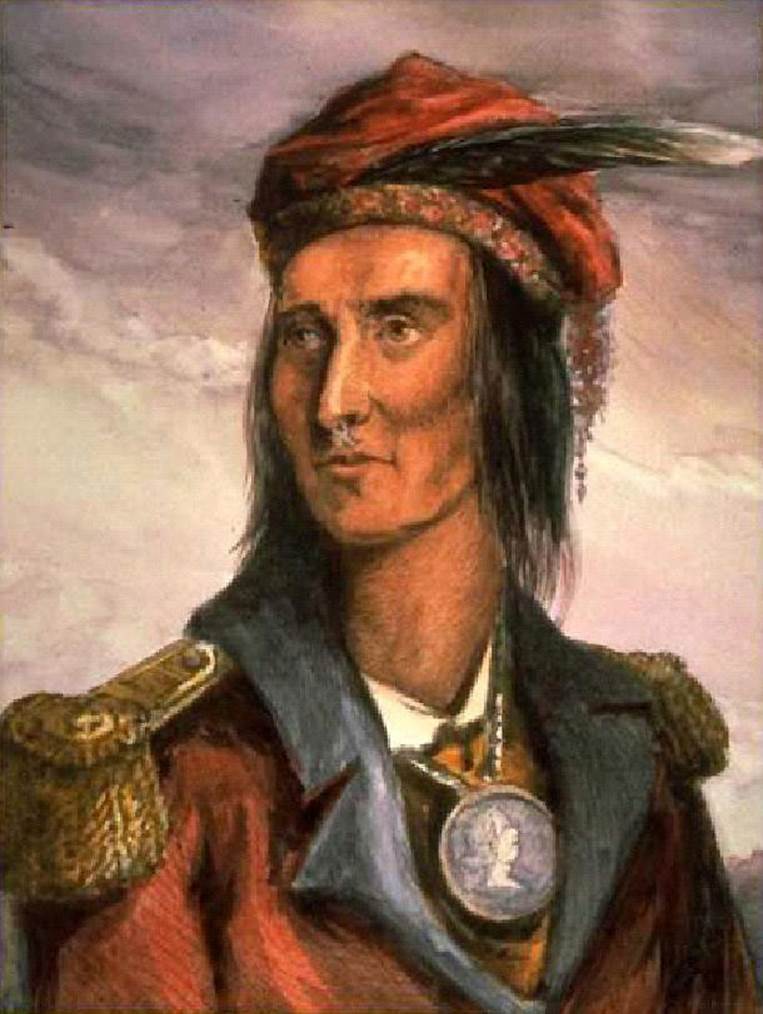
Tecumseh took part in a series of raids of Kentucky and Tennessee
frontier settlements in the 1780’s, and emerged as a prominent
chief by 1800. Tecumseh transformed his brother’s religious
followers into a political movement, leading to the
foundation of the Prophetstown settlement in 1808. After
Prophetstown was destroyed during the Battle of Tippecanoe,
the Shawnee chief fought with pro-British forces in the War of
1812 until his death in the Battle of the Thames.
SQUANTO
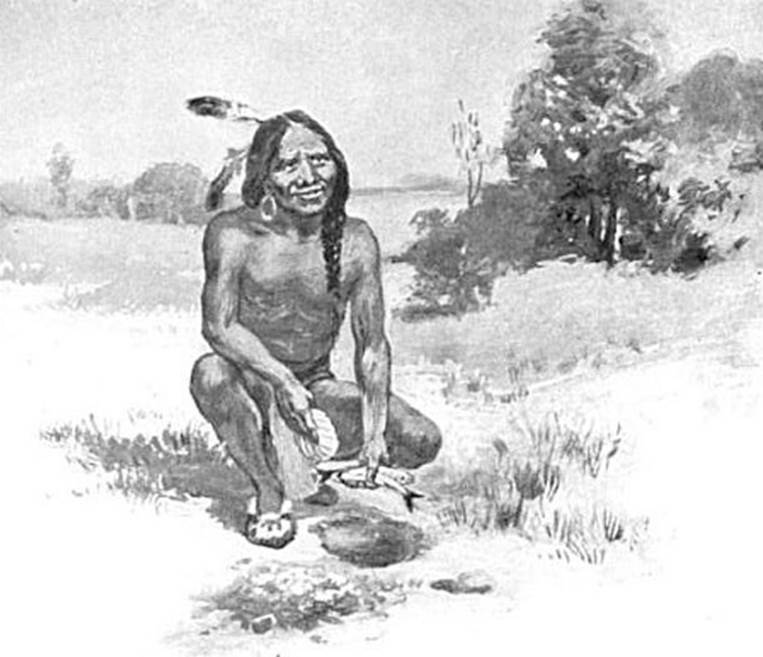
Squanto, also known as Tisquantum, was a Native American
of the Patuxet tribe who acted as an interpreter and guide
to the Pilgrims during their first winter in the New World.
Interestingly, in 1614 Squanto was one of the first Native
Americans to travel to Europe (albeit against his will) when he
was kidnapped by English explorer Thomas Hunt, who
brought him to Spain, where he was sold into slavery.
Squanto escaped, eventually returning to North America in
1619, where, as noted above, he aided the Pilgrim settlers
at Plymouth until his death in 1622.
SITTING BULL
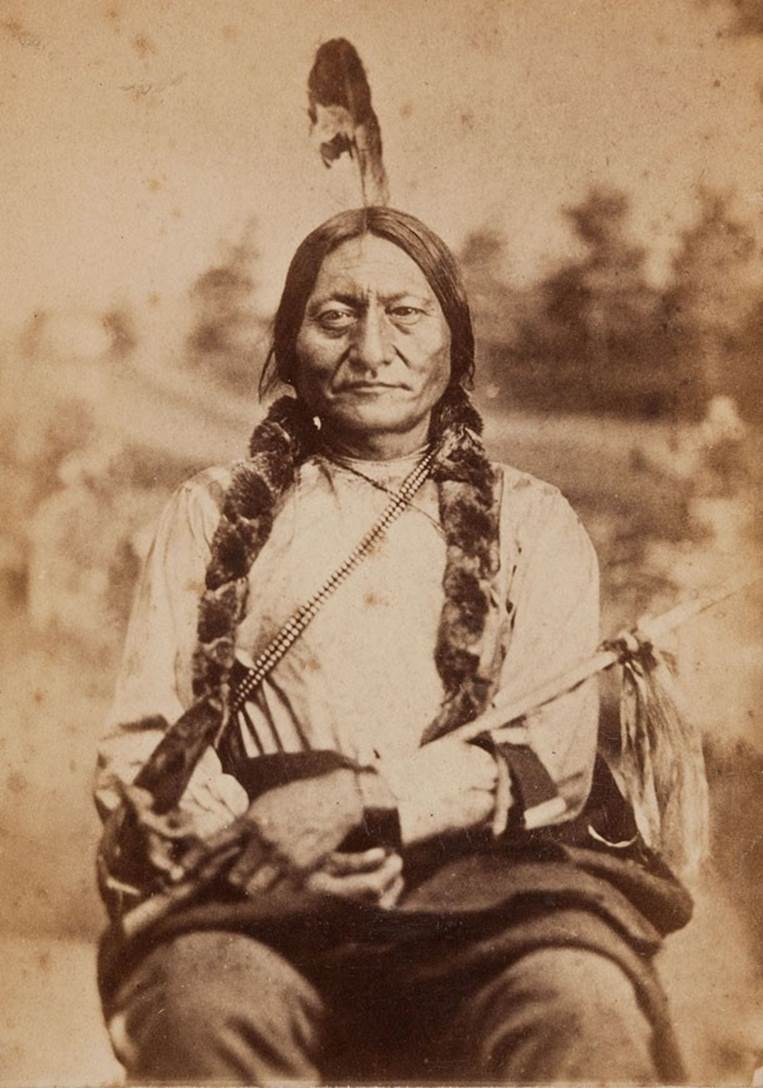
Sitting Bull was a Teton Dakota Indian chief under whom the
Sioux tribes united in their struggle for survival in the
Great Plains. He joined his first war party at age fourteen and
soon gained a reputation for his bravery and skill in battle.
In 1868 the Sioux accepted peace with the US government, but
when gold was discovered in the Black Hills in the mid-1870’s,
a rush of white prospectors invaded Sioux lands. Sitting Bull
once again fought bravely but was arrested and killed in 1890.
CHIEF JOSEPH
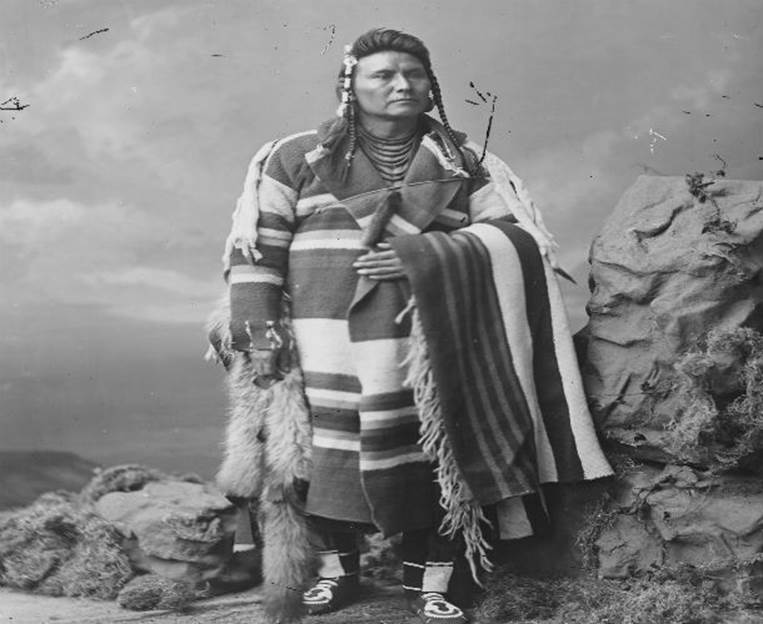
Chief Joseph was a Nez Percé chief who, faced with settlement
by whites of tribal lands in Oregon, led his people in a
dramatic effort to escape to Canada. When the United States
attempted to force the Nez Percé to move to a reservation
in 1877, Chief Joseph reluctantly agreed. However, after the
murder of a group of white settlers, tensions erupted again
and Chief Joseph tried to lead his people to Canada in what
is considered one of the greatest retreats in
North American military history.
SACAGAWEA
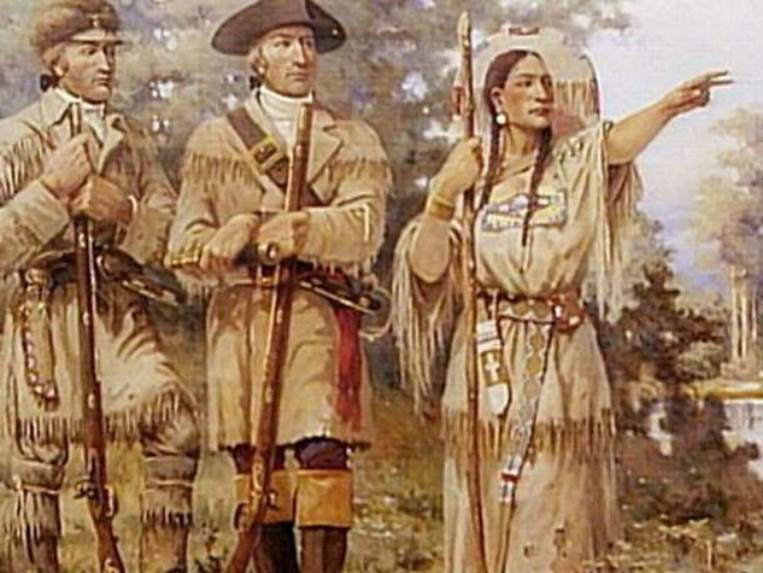
Sacagawea was a legendary Indian woman who led Lewis and
Clark on their famous expedition to find the Pacific Ocean.
She was a Shoshone interpreter and the only woman on
the expedition into the American West. In 2000, almost
two hundred years after her death, she was featured on a
dollar coin issued by the US Mint in honour of her
contribution to the Corps of Discovery.
RED CLOUD

Born in Nebraska in 1822, Lakota chief Red Cloud was an
important figure in the nineteenth-century land battle between
Native Americans and the US government. He successfully
resisted developments of the Bozeman trail through
Montana territory, and led the opposition against the
development of a road through Wyoming and Montana
for two years, a period that came to be known as
Red Cloud’s War. Red Cloud died in South Dakota in 1909.

Comment on this